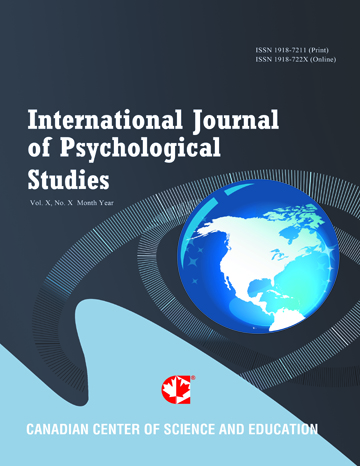Negative Emotional Valence Intensity Affects Visual Target Detection in the Information Encoding Process
- Yasuhiro Takeshima
Abstract
Previous studies have not yet investigated sufficiently the relationship between visual processing and negative emotional valence intensity, which is the degree of a dimensional component included in emotional information. In Experiment 1, participants performed a visual search task with three valence levels: neutral (control) and high- and low-intensity negative emotional valence stimuli (both angry faces). Results indicated that response times for high-intensity negative emotional valence stimuli were shorter than low-intensity ones. In Experiment 2, participants were asked to detect a target face among successively presented faces. Facial stimuli were the same as in Experiment 1. Results revealed that accuracy was higher for angry faces than for neutral faces. However, performance did not differ as a function of negative emotional valence intensity. Overall, the task performance differences between negative emotional valence intensities were observed in visual search, but not in attentional blink. Therefore, negative emotional valence intensity likely contributes to the process of efficient visual information encoding.
- Full Text:
 PDF
PDF
- DOI:10.5539/ijps.v10n1p19
Journal Metrics
3. h5-index (July 2022): N/A
4. h5-median(July 2022): N/A
Index
- AcademicKeys
- CNKI Scholar
- Elektronische Zeitschriftenbibliothek (EZB)
- Excellence in Research for Australia (ERA)
- GETIT@YALE (Yale University Library)
- Harvard Library E-Journals
- JournalSeek
- JournalTOCs
- LOCKSS
- MIAR
- Open Access Journals Search Engine(OAJSE)
- Open J-Gate
- PKP Open Archives Harvester
- SHERPA/RoMEO
- Standard Periodical Directory
- The Keepers Registry
- UCR Library
- Ulrich's
- Universe Digital Library
- WorldCat
Contact
- Barbara SunEditorial Assistant
- ijps@ccsenet.org
